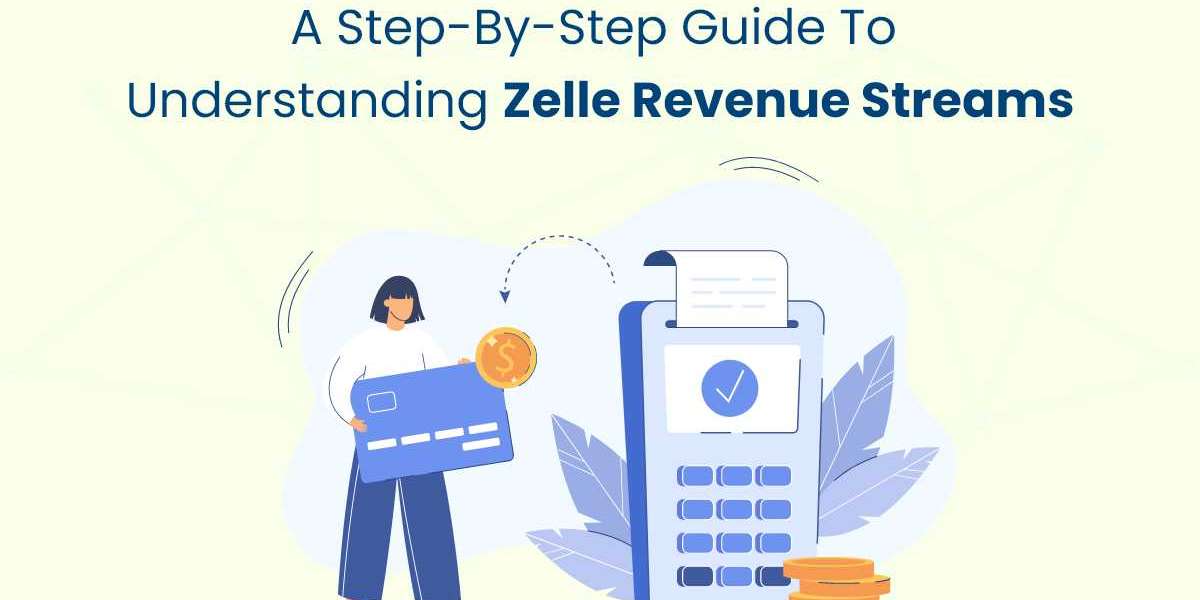In the rapidly evolving fintech landscape, Zelle has emerged as a significant player in the peer-to-peer (P2P) payments space, offering fast, secure, and seamless transactions. Its success is attributed to its user-friendly interface, strong banking partnerships, and integration within existing banking apps. If you're considering adopting Zelle’s business model for your own fintech company, understanding its core elements and implementing them effectively is crucial. Here’s a comprehensive guide on how to adapt Zelle’s business model to build and scale your fintech venture.
Understand Zelle’s Core Business Model
Zelle operates as a P2P payment system that facilitates instant money transfers between bank accounts. Key aspects of its business model include integration with banks, no transaction fees, and a focus on speed and convenience. Zelle is integrated into the mobile banking apps of major banks, allowing users to send and receive money without needing a separate app. Unlike many P2P payment services, Zelle does not charge users transaction fees, relying instead on partnerships with banks to drive revenue. Transactions are processed in real-time, enhancing user satisfaction and trust.
To implement a similar model, you need to focus on partnerships, user experience, and a seamless integration process.
Form Strategic Partnerships
One of Zelle’s primary strengths is its extensive network of banking partners. Building strategic partnerships with banks and financial institutions is essential for replicating Zelle’s success. Start by identifying banks and financial institutions that align with your target market. Look for institutions that would benefit from offering a P2P payment service to their customers. Create compelling value propositions for your potential partners. Highlight how your service can enhance their customer experience, drive user engagement, and offer additional revenue streams. Work closely with partners to negotiate terms and integrate your service into their existing systems. Ensure a smooth integration process to minimize disruptions and maximize user adoption.
Focus on User Experience
A seamless and intuitive user experience is critical for attracting and retaining customers. Zelle’s success can be attributed to its easy-to-use interface and real-time transaction capabilities. Develop a clean and user-friendly interface that simplifies the payment process. Ensure that users can easily navigate the app, set up their accounts, and complete transactions with minimal effort. Implement technology that allows for instant money transfers. Real-time processing enhances user satisfaction and differentiates your service from competitors that may have slower transaction times. Security is paramount in financial transactions. Incorporate robust security measures, including encryption, multi-factor authentication, and fraud detection, to protect user data and build trust.
Implement a Scalable Technology Infrastructure
To support the demands of a growing user base, you need a scalable technology infrastructure. Zelle’s success is partly due to its reliable and scalable technology platform. Select a technology stack that supports scalability and reliability. Consider using cloud-based solutions to easily scale resources based on user demand. Regularly test and optimize your technology to ensure high performance and minimal downtime. Implement monitoring tools to track system performance and quickly address any issues. Develop a growth strategy that includes scaling your infrastructure as your user base expands. This may involve increasing server capacity, optimizing database performance, and enhancing network security.
Develop a Marketing and Growth Strategy
Effective marketing is crucial for driving user adoption and expanding your user base. Zelle’s marketing strategy includes leveraging banking partners and focusing on user convenience. Utilize your banking and financial institution partnerships to promote your service. Joint marketing campaigns, co-branded promotions, and in-app advertising can help reach a wider audience. Develop targeted marketing campaigns to attract new users. Use digital marketing channels such as social media, search engine marketing, and influencer partnerships to reach your target audience. Implement strategies to retain existing users, such as loyalty programs, personalized offers, and regular updates. Engaging with your user base and addressing their needs will help maintain long-term customer satisfaction.
Comply with Regulations and Standards
Compliance with financial regulations and standards is crucial for operating in the fintech space. Ensure that your service adheres to relevant regulations, including Anti-Money Laundering (AML) and Know Your Customer (KYC) requirements. Implement AML and KYC procedures to prevent fraud and ensure compliance with financial regulations. Comply with data privacy regulations such as GDPR or CCPA to protect user data and maintain trust.
Conclusion
Implementing Zelle’s business model for your fintech company involves forming strategic partnerships, focusing on user experience, building a scalable technology infrastructure, and developing a robust marketing strategy. By understanding and adapting these core elements like how zelle make money, you can create a successful P2P payment service that meets user needs and stands out in the competitive fintech market. With careful planning and execution, your fintech company can achieve significant growth and become a key player in the financial technology space.






